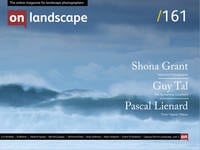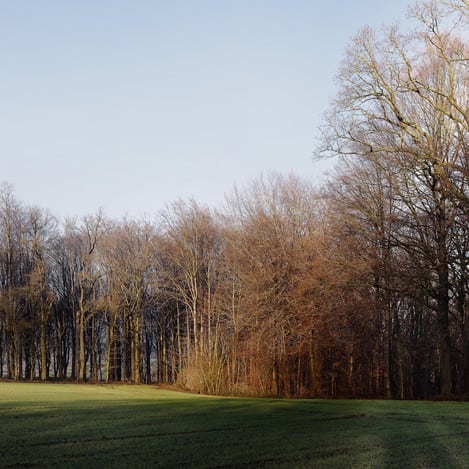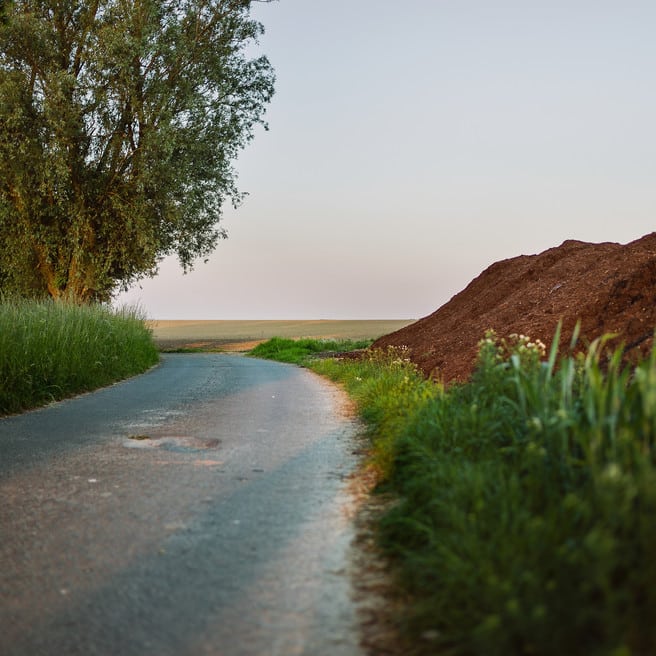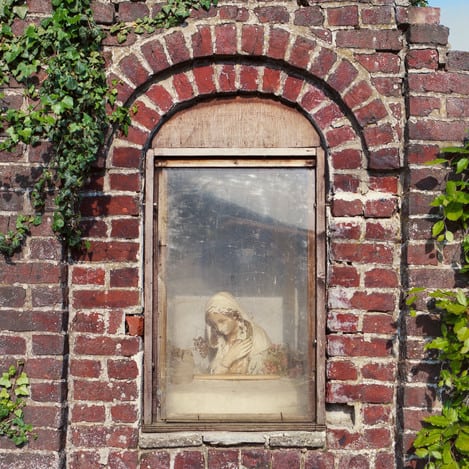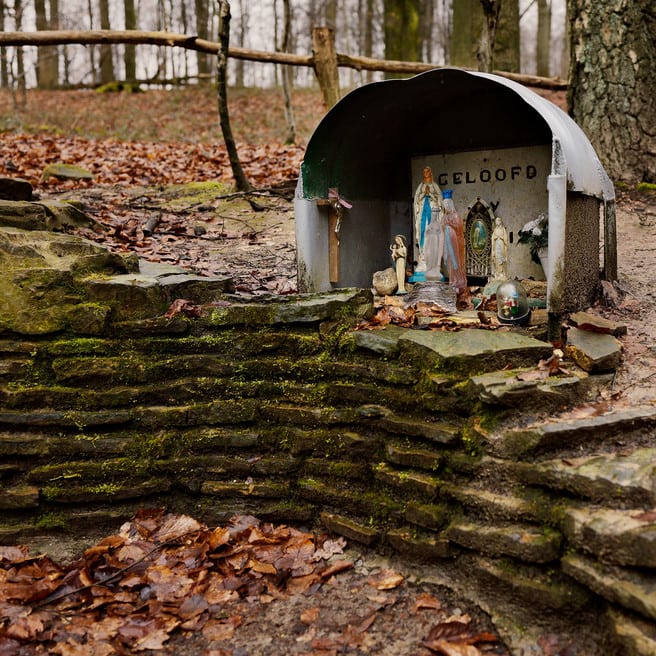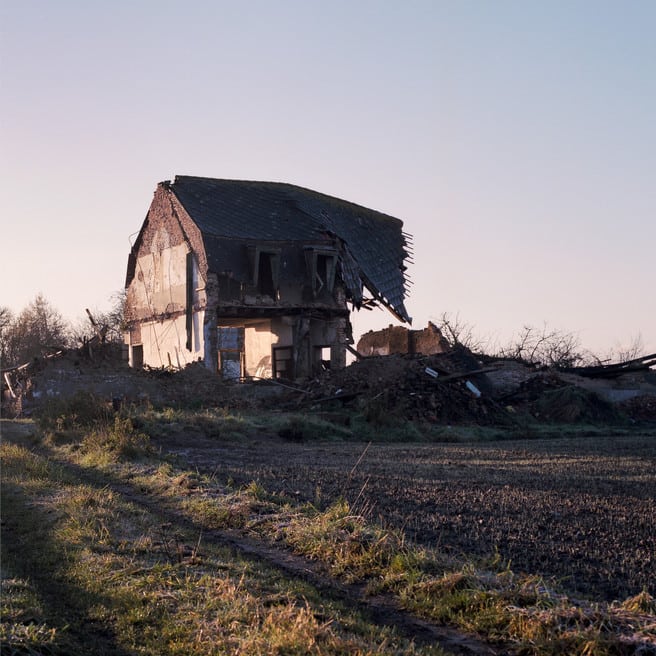Time | Space | Places

Pascal Lienard
Born in 1979, I studied at the Academy of Fine-Arts of Tournai (Belgium), and completed a master degree in Numeric Arts. I am a freelance graphic designer since 2003 and my photography work is influenced by my graphic designer gaze and practice. I live and work in the heart of the Natural Park of the Pays des Collines (Land of the Hills), a wide preserved plain in Picardy Wallonia (Belgium).
There is no doubt that the landscape is shaped by man himself, physically but also conceptually by his perception, his gaze. There is also time, linked with space, places. The landscape - or the territory, the country- where we used to live, that impacted us in terms of agricultural cycle and work is seen today under the linear and calibrated scale of our contemporary societies. We don't live the landscape today in the same way we used to yesterday.
The landscape we could observe yesterday has obviously changed with man and their needs; their conceptions, their religious beliefs or practices, and with their own presence inside the landscape: living and working mostly.
This photo series consists of these juxtaposed elements, may they are physical (the landscape, the habitat), time-related (ancient, new) or symbolic (sacred, profane). It's in a space between the emphasis of these dualities and the observation that I envisaged the creation of this sequence of images, between a historical heritage and things to come, a moving rurality and the cycles of the elements, the sacred and the profane. One being the echo of the other, one including the other.
My photographic approach might be influenced by the New Topographics, my gaze by my professional background as a graphic designer, and the fact that I conducted this project as a local resident, confronting the elements that I have before me. I have to say that although it's a process that takes its roots locally, I thought it was like an oscillation between the remaining small traces of a still melancholic yesterday and an anxious today that keeps away from his natural roots. This is a photo series that can be read by pairs, like an echo, a mirror.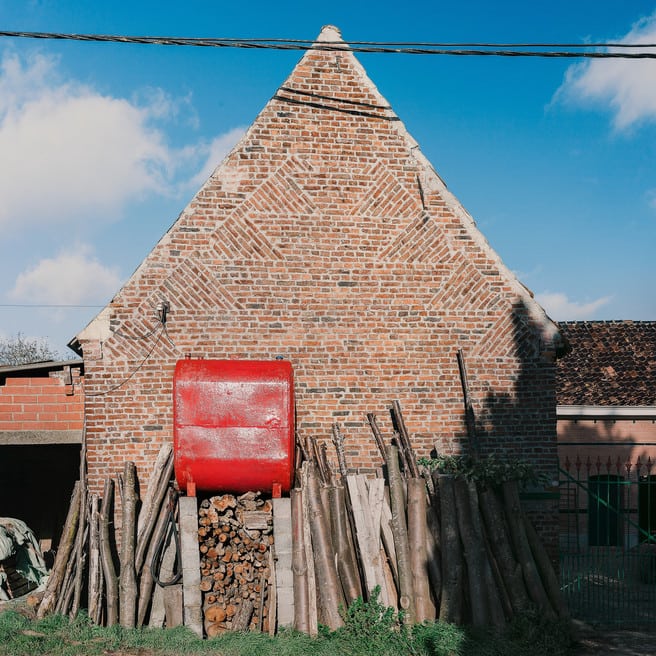
Man does leave traces in the wake of their passage, and there are all sorts of agricultural constructions, roads, paths, lonely trees, crops, among these traces. There are also places that are said to be sacred, like small rural chapels: I reduce these religious entities to their archetypal shape, white, and their forced integration in the landscape. Sometimes time and landscape take back these small buildings or people forgot. I confront them with other profane entities, that are also integrated by force in the landscape and forgotten. I underline that they both have an acquired, common, presence; one and the other can be reduced to a formal entity with given values, that can change from their initial landscape integration, may they are intentional or not.
Theses sacred entities were built by certain means and the connection with individuals and spaces no more exists in the way it was. The question I wish to ask is if these places - that we could say anthropological, historical and that defined identity - are becoming 'non-places'? They might already be non-places, just like highways, transit points, or supermarkets: what relationship do we have with these places if it's not that most peoples are only going through, commuting.
The landscape is seen from distance by the roads that are crossing him, and the one living in it -who has his daily life- feels on hold, trapped, oppressed. Is it this in-between temporality, in the middle of two perceptions, that gave birth to that feeling? The sense of identity comes from the place, but the place became a passing through. May we still write history, identity, relations in these places?
Lately, touristic guides, advertising and even the images we produce only highlight the contemplative aspect of the landscape, that can be reduced to the only gaze of the individual. Do we really see the landscape as it really is? Values make their way, evolve, affect, change. What's behind this horizon where the ground (profane) seems to touch the sky (sacred)? Or behind the lack of horizon, behind a door that leads to nowhere, a wall, a thick fog hiding a landscape ready to be born, a fence, a road where we stopped. Do we hope to find a promise of tomorrow or is it the yesterday that engulfs space? Two paths in a short space where we can feel a frozen temporality, in a setting yet to become and where the different layers overlap. You can keep up to date with Pascal on his lnstagram account.
Notes
- Read "Non-places: Introduction to an Anthropology of Supermodernity" (Marc Augé),
- The Decay Of The Angel -The Sea of Fertility IV (Yukio Mishima)
- See Raymond Depardon, New topographics (Robert Adams, Lewis Baltz...)

